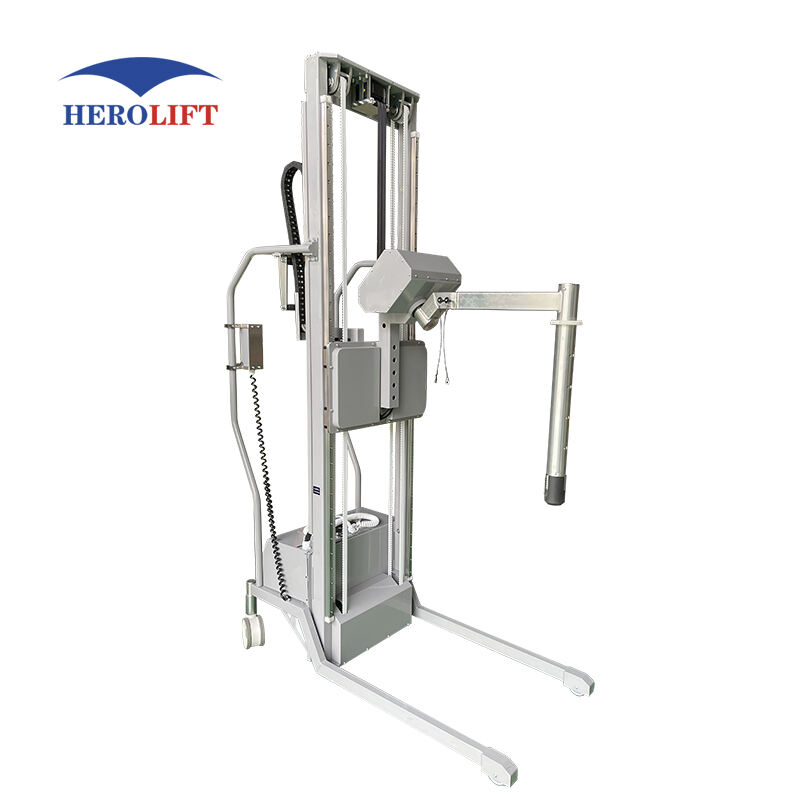How to Handle Rolls and Reels Safely?
The need for rolls and reels in industries such as paper manufacturing, film-making or textiles calls for special handling. As a result, anyone who works near these objects has to be cautious too. Further investigation on the various roll handling aspects and reel lifting equipment by Herolift.

Summary of the Problem in making a Core
Some of these design and engineering considerations should be put in place so that safe handling is guaranteed. This involves constraint wrapping around the roll body, properly securing and protecting in-wound material, individually packaging rolls for loose winding logs and incorporating log alignment indexing technology. Some details are given below:
Proper Lifting Practices
Proper lifting techniques are one of the basic practices in safe handling. Employees should be reminded to lift with their knees, not using your back, keeping feet faced toward object closest when picking anything up and keep the item close so they do not injury themselves. All roll lifters should be assessed before lifting and suitable controls applied to facilitate a safe lift.
Special Equipment Required
The safe handling of rolls and reels usually requires specialized machinery. Designed by body lifters and roll clamp fork attached pallet truck, in the community of links are united to promote casting function core lifting and provide support well with hoisted hooks These machines prevent the roll lifter from being damaged while also to protect those people who manipulate them.
Safe Transportation
Ensuring the safe transportation of rolls and reels is also particularly important as loads must be properly retained so that they cannot shift around. Rolls will be secured to the pallet or lifting device so that they do not become loose during handling. Regular tracking of transportation process is needed in order to tackle with any hurdles that might ruin the distribution equilibrium. By performing in-transit inspections, an extra level of security is provided with the cargo until it arrives to its destination.
Accident Prevention through Communication
Close communications between team members to prevent accidents when handling rolls. Inspect the work site regularly, inspections of where work is to be performed from such things as uneven flooring or poor lighting. When employees are encouraged to report any hazards and work under the collaborative guide of their colleagues, this creating culture keeps them safe at their workplace providing a zero-accident rate in terms of slips trips and falls.
A boon for safety through technology
It is not dark yet, but when it comes to material handling new ways have come into scene making automation easier and safer than handling your rolls / reels of any size. Automating repetitive tasks with Automated Guided Vehicles (AGVs) and robotic arms, reduces the need for manual handling processes as well as minimizes safety risks. Stability is continuously monitored through IoT sensors onboard equipment during handling so potential issues can be addressed. This kind of innovations in technology will pave the way for optimization within inventory management with decrease handling time and enhanced workplace safety standards.
These tips combined with the help of technology can ensure that roll and reel handling is a safer task for employees on all continents. Remember, safety is an ongoing effort and when you keep it a priority every day the result will be a safer working space for all.

 EN
EN
 AR
AR
 HR
HR
 DA
DA
 NL
NL
 FR
FR
 DE
DE
 EL
EL
 IT
IT
 JA
JA
 KO
KO
 NO
NO
 PL
PL
 PT
PT
 RO
RO
 RU
RU
 ES
ES
 SV
SV
 TL
TL
 ID
ID
 LV
LV
 LT
LT
 SR
SR
 SL
SL
 UK
UK
 VI
VI
 HU
HU
 TH
TH
 TR
TR
 AF
AF
 MS
MS
 GA
GA
 BE
BE
 MK
MK
 AZ
AZ
 UR
UR
 EO
EO
 LA
LA
 MN
MN
 KK
KK



